Rapid Fire Abstracts
SCMR Survey of Centers Performing CMR in Pediatric/Congenital Heart Disease: 2024 Update (RF_FR_423)
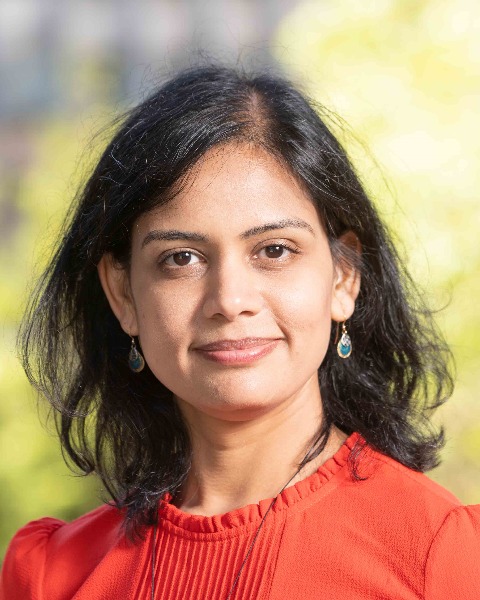
Sujatha Buddhe, MD
Professor
Stanford University
Sujatha Buddhe, MD
Professor
Stanford University
Brian D. Soriano, MD
Pediatric Cardiologist
Seattle Children's Hospital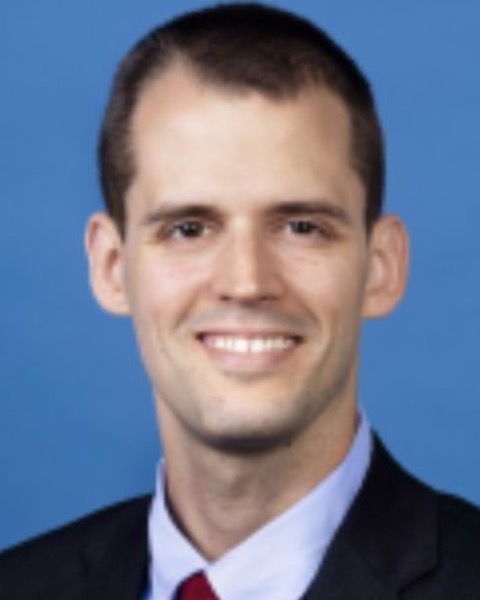
Hunter C. Wilson, MD
Assistant Professor of Pediatrics
Emory University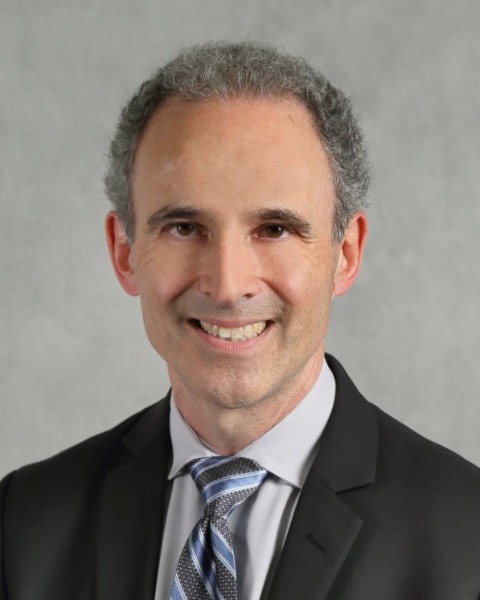
Adam Dorfman, MD
Professor
University of Michigan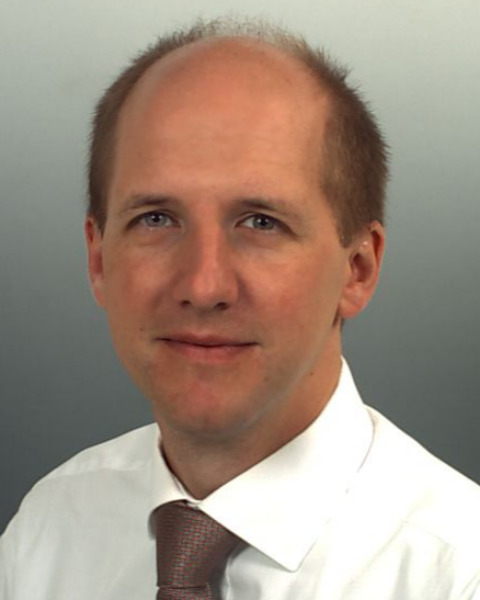
Tobias Rutz, MD
Medical doctor
University Hospital and University of Lausanne, Switzerland- Pc
Priya D. chudgar, MD, FSCMR
Cardiac Radiologist
Jupiter Hospital, India 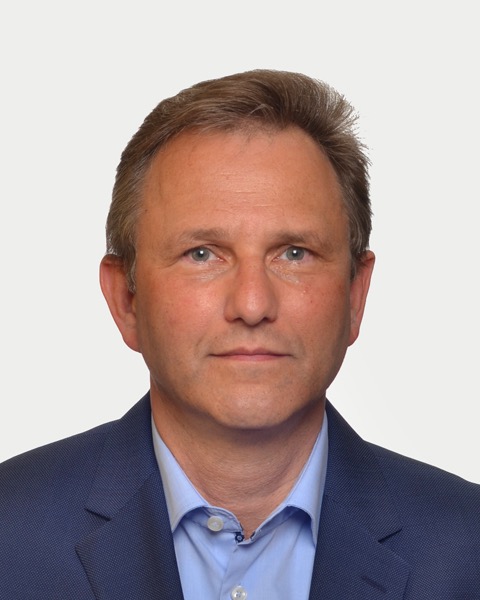
Gerald Greil, MD, PhD
Professor
UT Southwestern Medical Center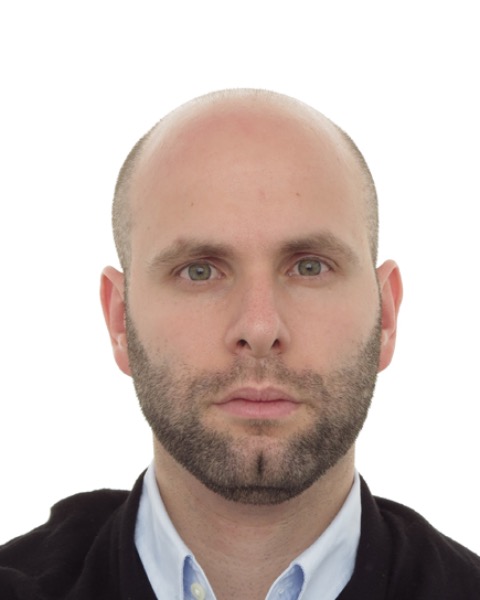
Carlos Guerrero, MD
Adult Congenital heart Disease
Fundacion cardioinfantil-LaCardio
Bogota, Colombia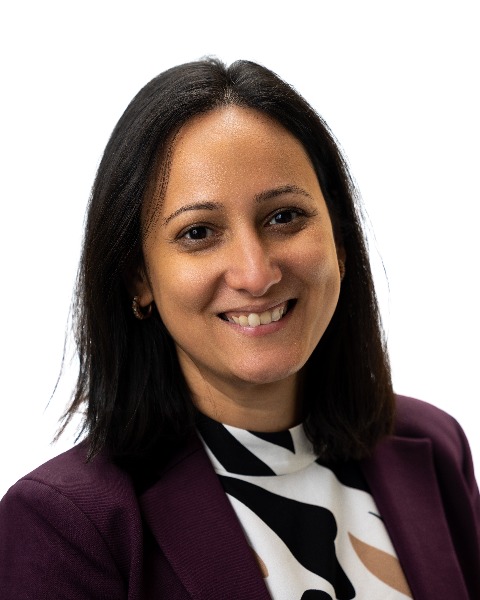
Nazia Husain, MD, MPH
Attending Physician
Ann & Robert H. Lurie Children's Hospital of Chicago- MC
Michael Cheung, MD
Professor
Royal Childrens Hospital, Australia - YZ
Yumin Zhong, MD, PhD
the chief of the department of radiology
Shanghai Children′s Medical Center, School Of Medicine, Shanghai Jiao Tong University,, China (People's Republic) .jpg)
Andy Powell, MD
Physician
Boston Children's Hospital
Boston Children's Hospital
Presenting Author(s)
Primary Author(s)
Co-Author(s)
Methods:
Surveys with 31 (2014), 33 (2018), and 41 (2024) items were designed to collect data on CMR use in pediatric and CHD patients. They were sent to all SCMR members in 2014, 2018, & 2024. One response per center was collected.
Results:
There were 93 centers that responded in 2014, 83 in 2018, and 108 in 2024 (Table 1). The following results are per center unless otherwise noted. Data from 2014, 2018, and 2024 are separated by dashes. The median annual number of pediatric/CHD CMR cases was 183–209–250. The median number of CMR scanners was 2–2–2 (range, 1–8) with 58–63–53% using only 1.5T scanners and 4–4–4% using only 3T. CMR scans were performed in infants (< 1 year old) in 74%–76%–90% and sedation and/or anesthesia was used in 84%–86%–94% of the centers. Mean number of attending/staff reading CMRs was 3.7–2.6–2.9. Combining attending/staff from all centers, 52–61–63% were pediatric or adult cardiologists, and 47–38–37% were pediatric or adult radiologists. The official signer of CMR reports by specialty is shown in Table 2. The median annual case volume per physician per center was 54–86–76. The median number of technologists was 4–5–5. The median scanner time allocated for a non-sedated examination was 75–75–75 minutes (range, 45–120 minutes). Fourteen centers responded to all 3 surveys. Among these, the mean annual case volume was 380–500–588, with 82% of centers experiencing an increase in volume with each survey. The mean time for an attending/staff physician to perform a typical CMR examination, including supervision and reporting, was 150–153–154 minutes. The median scanner time allocated per examination remained unchanged at 90–90–90 minutes for these centers.
The following items were included only in the 2024 survey. The typical wait time to schedule a non-urgent, non-sedated pediatric/CHD CMR was ≤8 weeks in 67% of centers. Dynamic contrast-enhanced MR lymphangiography was performed in 26% and compressed sensing was utilized in 50% of centers. 4D flow data was sometimes included in the clinical report in 64% of centers; however, among these centers, 45% did this in less than 10% of their cases. CMR was performed in patients with MR-conditional transvenous systems in 90% of centers and performed in patients with non-MRI conditional pacemaker systems and abandoned epicardial leads in 31% of centers. Stress CMR was performed in 57% of centers.
Conclusion:
These survey data provide a novel comprehensive view of CMR practice in pediatric and CHD. This information is useful for internal benchmarking, resource allocation, addressing practice variation, quality improvement initiatives, and identifying unmet needs.

